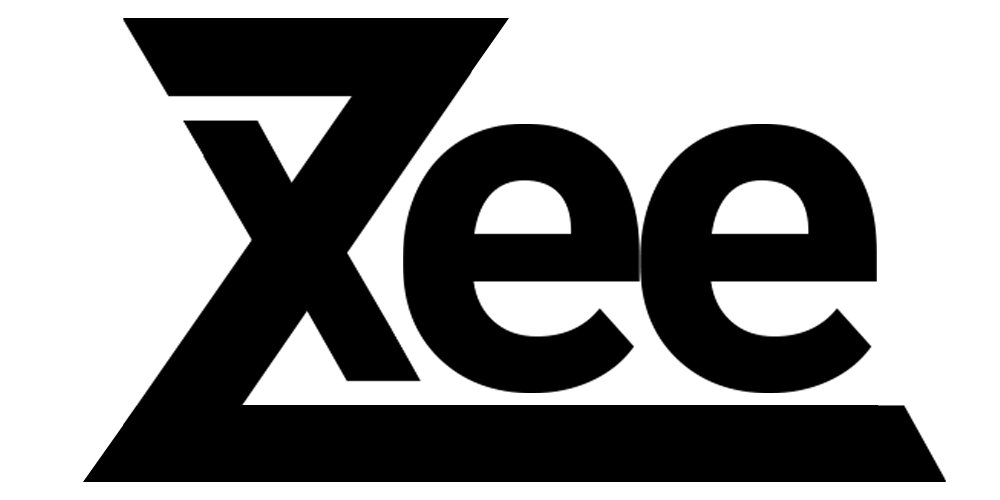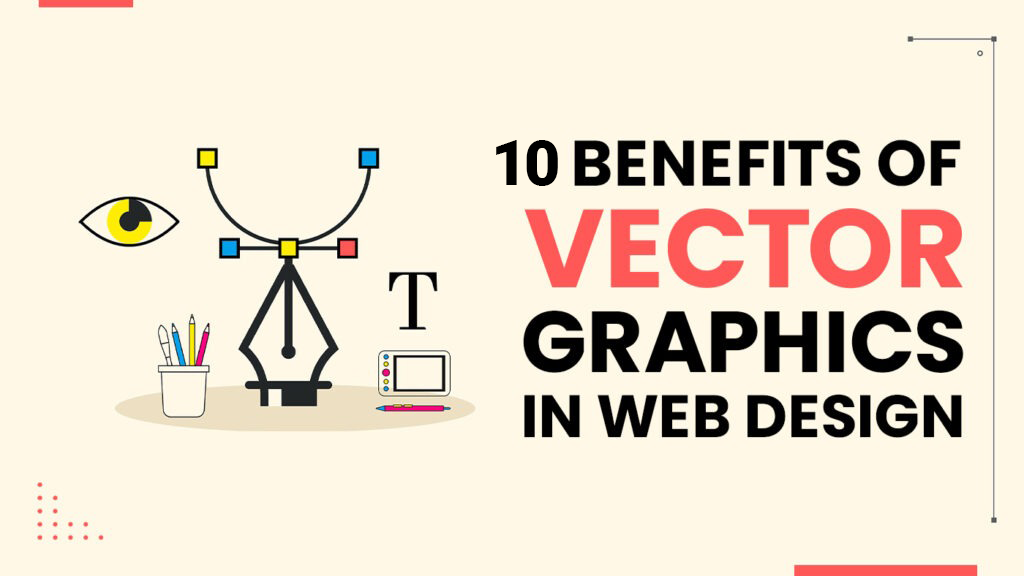In the world of graphic design, the choice between vector and raster graphics can significantly impact the quality and versatility of your work. Vector graphics, in particular, offer several compelling advantages that make them an essential tool for designers. Here’s an in-depth look at the benefits of using vector graphics in design.
1. Scalability Without Loss of Quality
One of the most significant advantages of vector graphics is their scalability. Unlike raster graphics, which are made up of pixels, vector graphics are based on mathematical equations that define shapes and lines. This means that vector graphics can be scaled up or down to any size without losing quality or becoming pixelated. This feature is crucial for creating designs that need to appear on various mediums, from business cards to billboards.
2. File Size Efficiency
Vector files are typically smaller than their raster counterparts. Since they store information as equations rather than pixel data, vector graphics require less storage space. This efficiency not only speeds up the loading and processing of files but also makes them easier to manage and share, particularly useful for web and print designs where file size can impact performance and quality.
3. Ease of Editing and Customization
Vector graphics are highly editable, allowing designers to easily modify individual elements within a design. Whether you need to change colors, adjust shapes, or tweak lines, vector graphics make these adjustments straightforward and non-destructive. This flexibility is particularly advantageous during the design process, where frequent revisions and customization are often required.
4. Precision and Clean Lines
Vector graphics provide precise and clean lines, which are essential for creating professional and polished designs. Because vector graphics are based on mathematical calculations, they produce sharp, smooth edges and curves. This precision is vital for creating logos, icons, and illustrations that need to look crisp and clear at any size.
5. Versatility Across Mediums
Vector graphics are incredibly versatile and can be used across a wide range of mediums and applications. From print materials like brochures and flyers to digital platforms like websites and mobile apps, vector graphics maintain their integrity and quality. This versatility ensures that designs remain consistent and visually appealing regardless of where they are displayed.
6. High-Quality Print Outputs
When it comes to print design, vector graphics excel due to their resolution-independent nature. They ensure that printed materials, such as banners, posters, and packaging, maintain high quality and sharpness. This makes vector graphics the preferred choice for print projects where detail and clarity are paramount.
7. Efficient Design Workflows
Vector graphics can enhance design workflows by allowing for the reuse of elements across different projects. Designers can create a library of vector assets, such as icons, shapes, and patterns, which can be easily reused and adapted for various designs. This efficiency saves time and ensures consistency across multiple projects.
8. Compatibility with Design Software
Vector graphics are compatible with a wide range of design software, including Adobe Illustrator, CorelDRAW, and Inkscape. These tools offer robust features for creating and manipulating vector graphics, making it easy for designers to work with vector files and integrate them into their projects seamlessly.
9. Support for Animation and Interactivity
In the realm of digital design, vector graphics are ideal for creating animations and interactive elements. Because they are resolution-independent and scalable, vector graphics can be animated or manipulated without losing quality. This makes them suitable for web animations, interactive graphics, and user interface elements.
10. Future-Proofing Your Designs
Vector graphics offer a level of future-proofing that is not always possible with raster graphics. As technology advances and display resolutions improve, vector graphics will continue to perform well without the need for additional adjustments or re-rendering. This ensures that your designs remain relevant and high-quality over time.
Vector graphics provide numerous benefits that make them an indispensable tool in the designer’s toolkit. Their scalability, efficiency, precision, and versatility make them ideal for a wide range of applications, from print to digital media. By leveraging the advantages of vector graphics, designers can create high-quality, adaptable designs that stand the test of time and deliver exceptional results across various platforms and formats.


